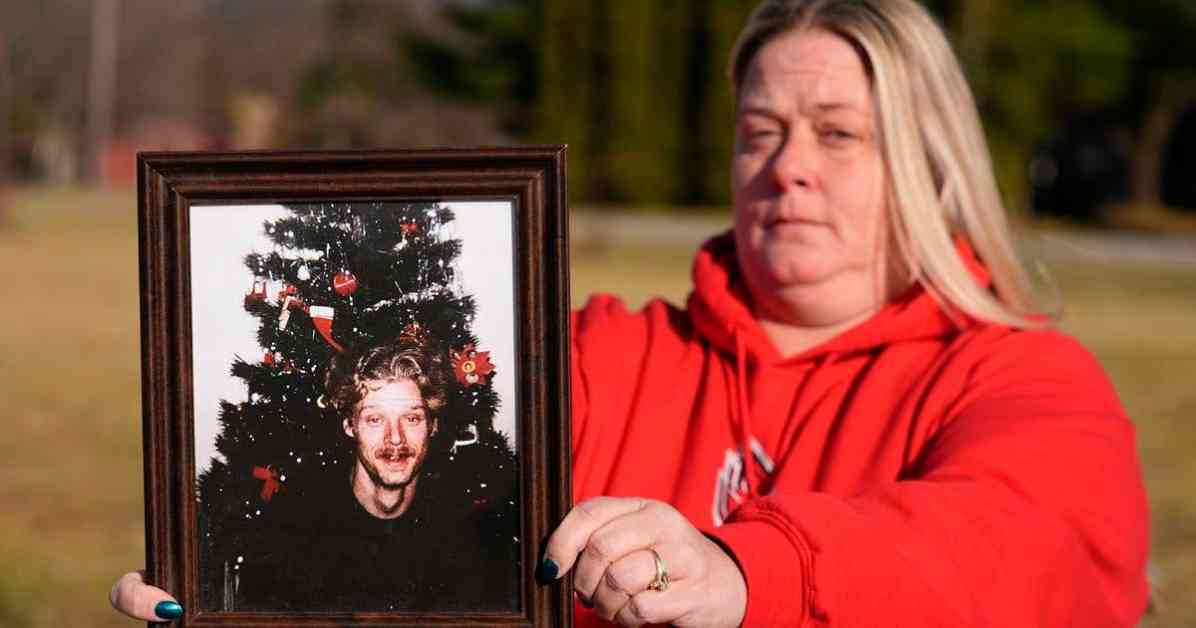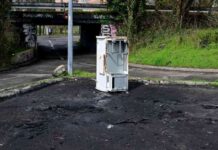Uncovering the Mystery: DNA Analysis to Identify Indiana Serial Killer’s Victims
Decades after the discovery of thousands of human bones on an Indiana property linked to a suspected serial killer, a renewed investigative push is underway to solve the long-standing mystery of the victims’ identities. The key to this effort lies in leveraging the power of DNA analysis, with a focus on obtaining samples from relatives of men who went missing between the mid-1980s and mid-1990s. This groundbreaking approach aims to bring closure to families who have been left in the dark for far too long.
A Personal Connection: A Quest for Answers
Eric Pranger’s journey to uncover the truth about his cousin, Allen Livingston, sheds light on the emotional toll faced by families of the victims. After years of uncertainty, Pranger’s determination to seek justice for his aunt, who was battling health issues, set in motion a series of events that led to the identification of Livingston as the ninth victim of the suspected serial killer, Herbert Baumeister. This poignant tale underscores the profound impact that unresolved mysteries can have on the loved ones left behind.
Livingston’s sister, Shannon Doughty, expressed a mix of emotions upon learning the truth about her brother’s fate. The relief of finally having answers, despite the heartbreaking reality, highlights the complex journey of closure and acceptance that families of victims endure. Doughty’s poignant reflection captures the bittersweet nature of seeking resolution in the face of tragedy, emphasizing the importance of confronting the unknown to find healing and peace.
The Scientific Breakthrough: DNA Analysis and Identification
At the heart of the investigative efforts lies the meticulous process of DNA analysis, carried out by a dedicated team of experts from various agencies and institutions. By extracting DNA profiles from the skeletal remains discovered at Baumeister’s property, scientists have successfully identified several victims, offering a glimmer of hope to families who have long awaited closure. The painstaking work of analyzing bone fragments and matching DNA samples has not only shed light on past tragedies but also paved the way for future breakthroughs in forensic science.
A Path Forward: Seeking Closure and Justice
As the investigation continues, more families are encouraged to come forward and provide DNA samples to aid in the identification of additional victims. The commitment to honoring the memory of those lost at the hands of Baumeister is evident in the efforts to create a memorial dedicated to the identified victims. This ongoing quest for justice and closure serves as a beacon of hope for families grappling with the aftermath of unsolved mysteries, offering a sense of peace and remembrance in the face of tragedy.






















